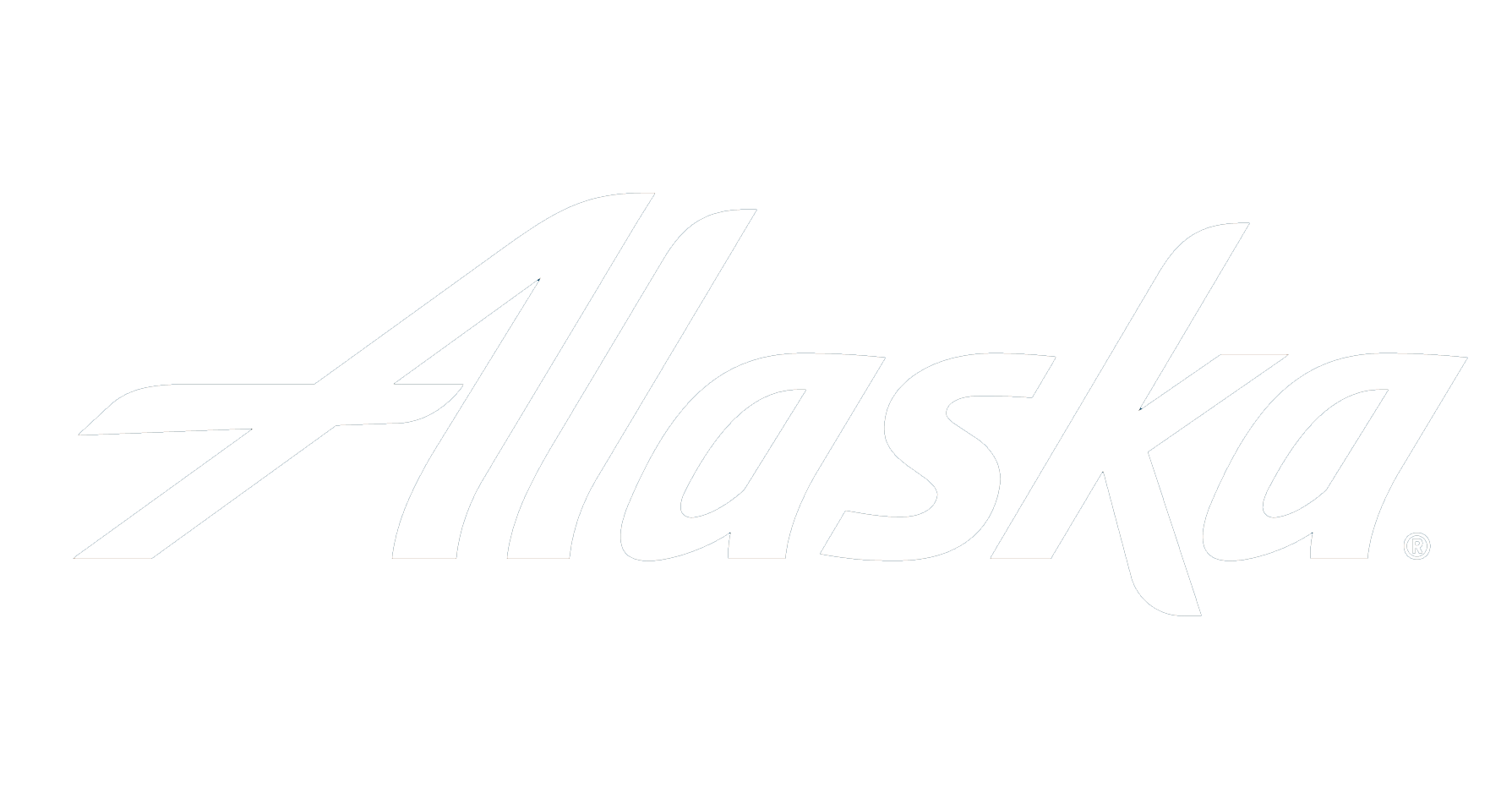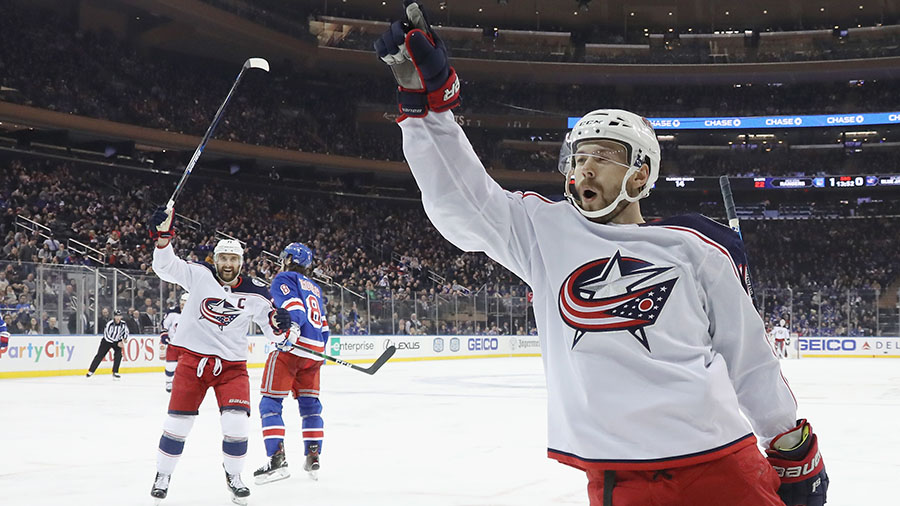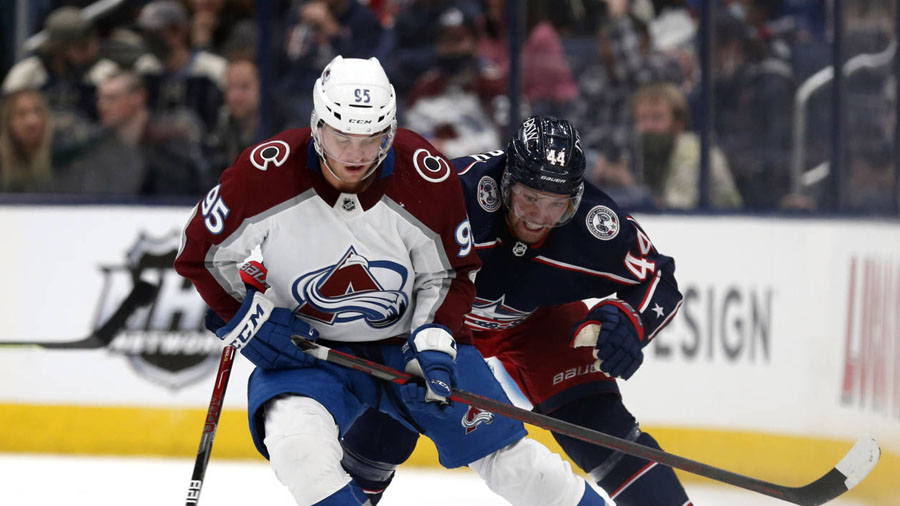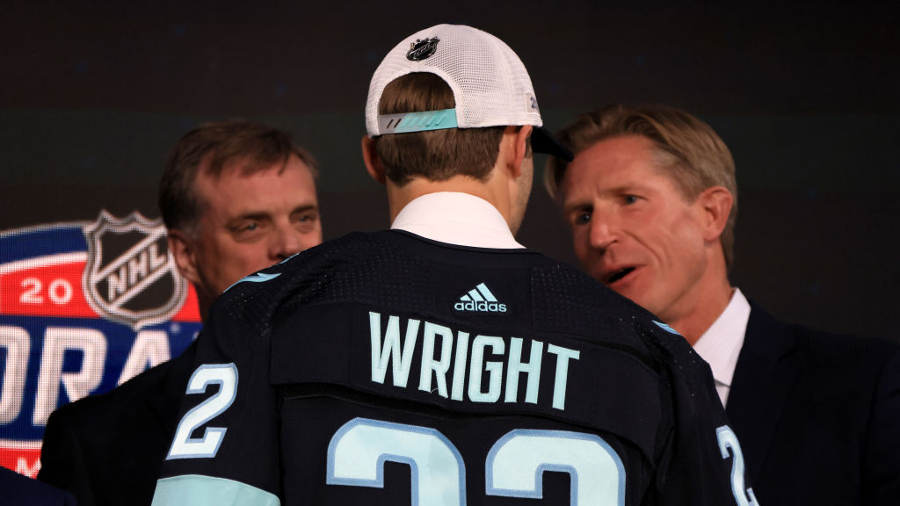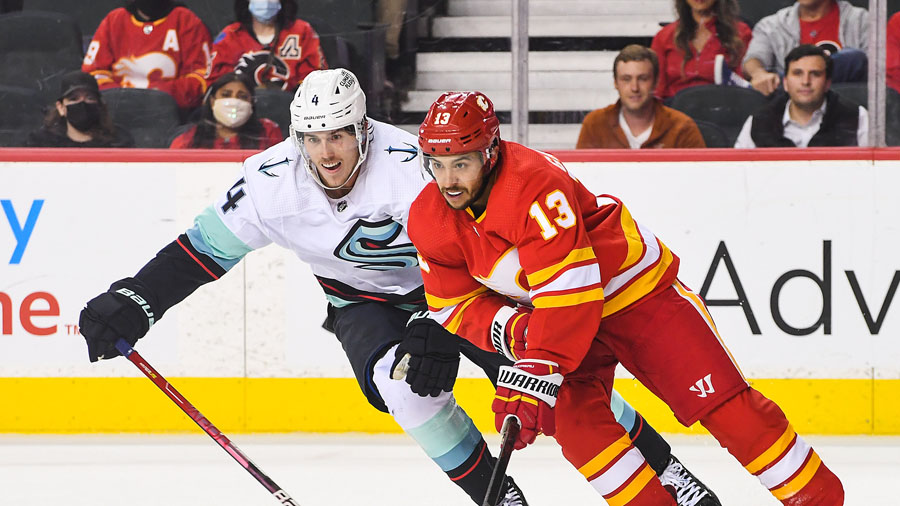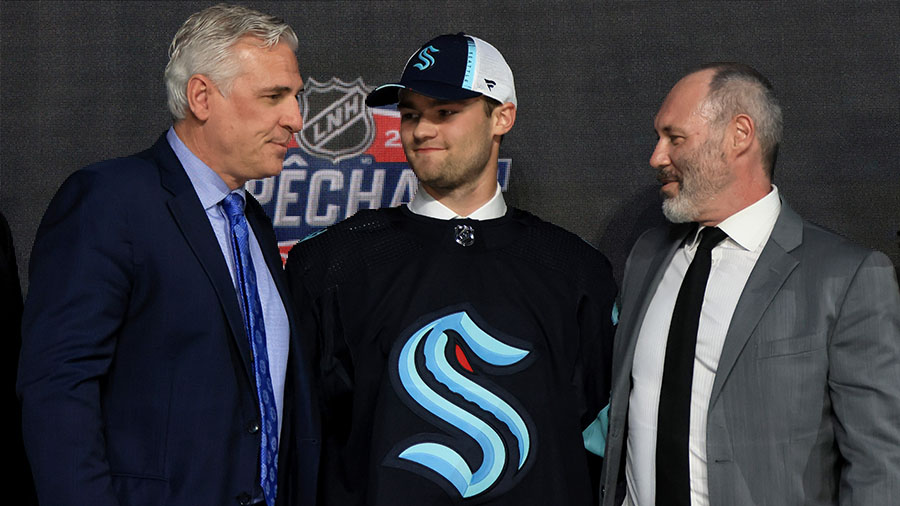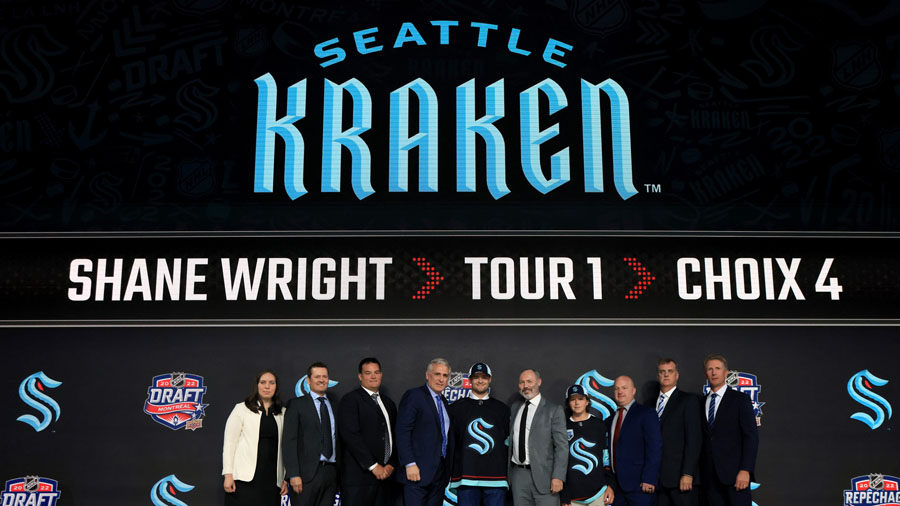Seattle Kraken After 30 Games: What’s working, and what isn’t
Dec 22, 2021, 12:37 PM
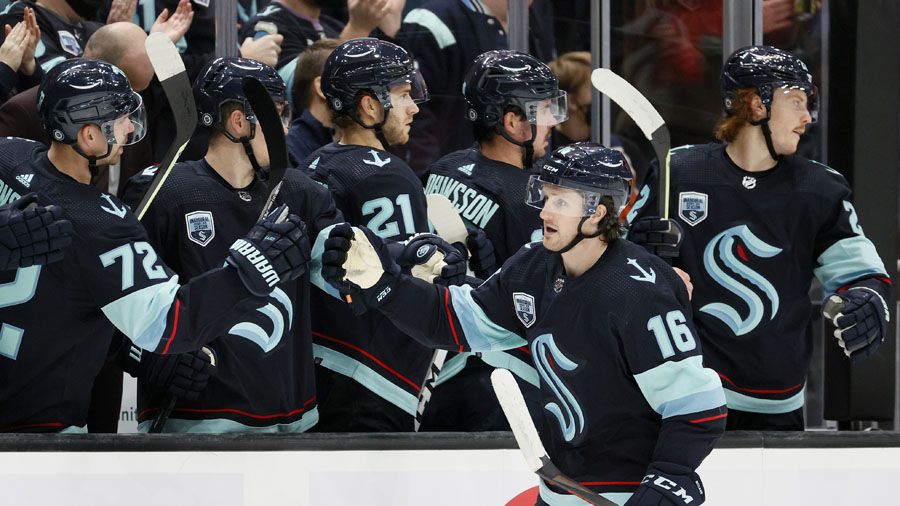
Jared McCann of the Seattle Kraken celebrates his goal against the Edmonton Oilers on Dec. 18. (Photo by Steph Chambers/Getty Images)
(Photo by Steph Chambers/Getty Images)
There’s a popular notion in the hockey world that you really don’t have a grasp on what kind of team you have until you’ve seen 25 games. Well, the Seattle Kraken have played 30 now, and have given us a pretty good read on who they are.
With no clear trades, Seattle Kraken improvements must come from within
Seattle’s record of 10-17-3 and 23 points isn’t ideal, but if you’re a glass half-full type, it could be worse. The Kraken, however, are second to last in the Western Conference, last in the Pacific Division, and 13 points away from the last wild card spot with six teams ahead of them.
Admittedly, it’s hard to see the glass half-full with those numbers, but with 52 games left on the schedule, there is still time to rise in the standings.
With COVID shutting down the Kraken’s schedule until after Christmas, now is as good a time as any to look back over the first 30 games and try to make sense of what kind of team Seattle has. What has been working, what hasn’t, and what might the remainder of the schedule hold?
The highlight, or perhaps more appropriately the low light, of the first 30 games in Kraken history was a six-game losing streak. It was a frustrating streak as early on it included games where Seattle actually played decent hockey but couldn’t get the key save or found ways to lose close games.
If you take out those six games, the Kraken would be 10-11-3. Obviously, the Kraken can’t erase that streak no matter how much they’d like to, but it would be easy to feel a little better about a team with that record. Perhaps a team hovering around the .500 mark is exactly what the Kraken are.
What’s been working for the Seattle Kraken?
It hasn’t been a complete disaster for the Seattle Kraken, and the positives are always more fun to talk about so we’re starting here.
After July’s NHL Expansion Draft, Seattle was billed as a team that was going to play solid defense. That has happened for the most part. The Kraken are the 10th-best team in suppressing shots against during 5-on-5 play. The 595 scoring chances they’ve allowed is the seventh-fewest in the NHL, and the club’s penalty kill unit is clicking at a respectable 80%, which puts them right in the middle of the pack at 16th overall.
The Kraken have been a decent puck possession team, and their 8.06 shooting percentage in 5-on-5 is 12th best in the NHL.
Jared McCann has been a pleasant surprise on offense, with the 25-year-old’s 12 goals putting him on a pace to set a career high. He missed 10 days due to COVID but has been one of the Kraken’s most consistent forwards and seems to love playing in Seattle. He’s in the final season of his contract worth $2.9 million per year.
McCann looks like a key part of the Kraken’s future for the remainder of this season and beyond and is a guy that the team and general manager Ron Francis should have on the radar for a new contract at some point.
The @SeattleKraken SCOREEEEEE!
Jared McCann finds the back of the net to cut the lead in half! #SeaKraken pic.twitter.com/bLyvCoH0U9
— ROOT SPORTS™ | NW (@ROOTSPORTS_NW) December 12, 2021
Other forwards who have played well include veterans Jordan Eberle and Brandon Tanev, plus the young Morgan Geekie – all of whom are looking like great selections from the Expansion Draft.
On the back end, Vince Dunn is off to a strong start for Seattle. He leads all Kraken defensemen in points with 12 and at 5-on-5 he’s posted good possession numbers and has been on the ice for more scoring chances for than against.
Dunn has also performed on the power play for the Kraken, and an argument could be had that he’s been better than captain Mark Giordano.
VINCE DUNN HAS TIED IT‼️ pic.twitter.com/5Gw2q1ar1t
— ROOT SPORTS™ | NW (@ROOTSPORTS_NW) December 12, 2021
What’s not working?
It would be easy to point at the Kraken’s struggles to score on a consistent basis and the fact that they are 26th in the NHL when it comes to generating shot attempts as a reason for those struggles. That is a factor, but the main, recurring issue is goaltending.
The Kraken have simply struggled in the net and it’s the main problem.
Seattle’s goaltending numbers are an obvious trouble spot. The Kraken are last in save percentage and high-danger save percentage, which matches what the eye test has told us. They’re giving up too many goals and not getting key saves at key times.
Philipp Grubauer is the focal point of the goalie issues after a Vezina Trophy-type season in Colorado last season, and due to the six-year, $5.9 million per season contract he signed as a free agent. He’s played in 23 of the 30 games and has yet to get his season save percentage over .900 – it’s currently at .882.
While those numbers are troubling, his goals saved above average is an almost shocking minus-18.98. What would the Kraken’s record look like if he cut that down to under minus-10 – a number that would still be considered poor?
It’s not all Grubauer’s fault, of course – goals allowed are definitely a team stat – as he’s been the victim of some terrible turnovers and generally inconsistent puck management.
Backup Chris Driedger had his early struggles but has won three of four starts and looks like he’s getting his feet under him after two early injured reserve stints. He even played well in the Kraken’s last game where he gave up four goals on 40 shots and had a .900 save percentage for the night against an explosive Oilers team.
"Not up in here!" -Chris Driedger, probably.
Check out tonight's @WAFDbank's Signature Save of the Game. pic.twitter.com/kR720t1UN2
— Seattle Kraken (@SeattleKraken) December 19, 2021
Driedger’s emergence could be the best news for the Kraken. It allows for coach Dave Hakstol to lean on Driedger more, get Grubauer some rest, and create competition for the net which will bring out the best in both guys.
Mike Lefko: The case for Chris Driedger getting more time in goal
The key to any success over the remainder of the season has to start in net for the Kraken.
When the team returns from the holidays, they will hopefully have a full roster free of COVID positives. Tanev’s health is up in the air after he suffered what appeared to be a lower-body injury late in the Edmonton game. There has been no official update as to his status of yet, and if he ends up missing a significant amount of time, Seattle loses one of its key energy players.
The Kraken will have some tough decisions to make as the trade deadline approaches. Will they shop players like Giordano? Will they get themselves into the playoff race and add? It all depends on getting improved play in net.
More from Andy Eide: How Joonas Donskoi is contributing to Seattle Kraken

